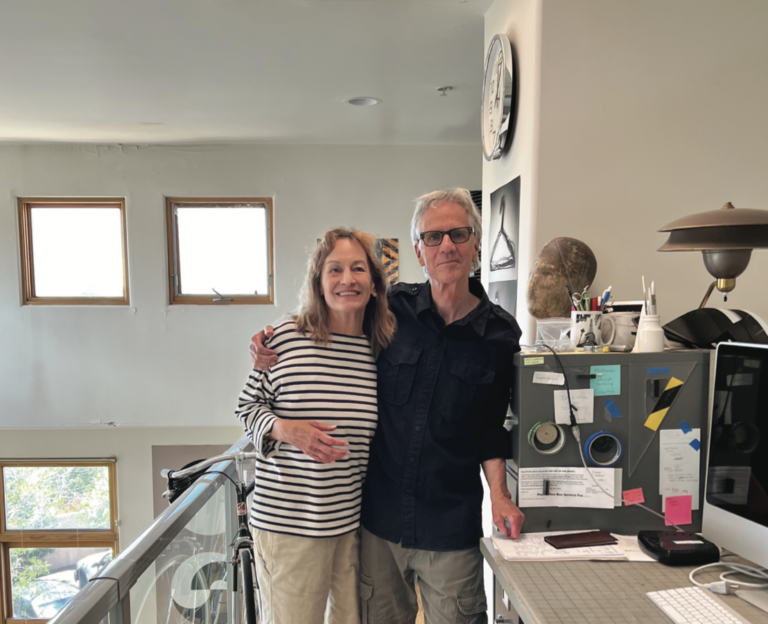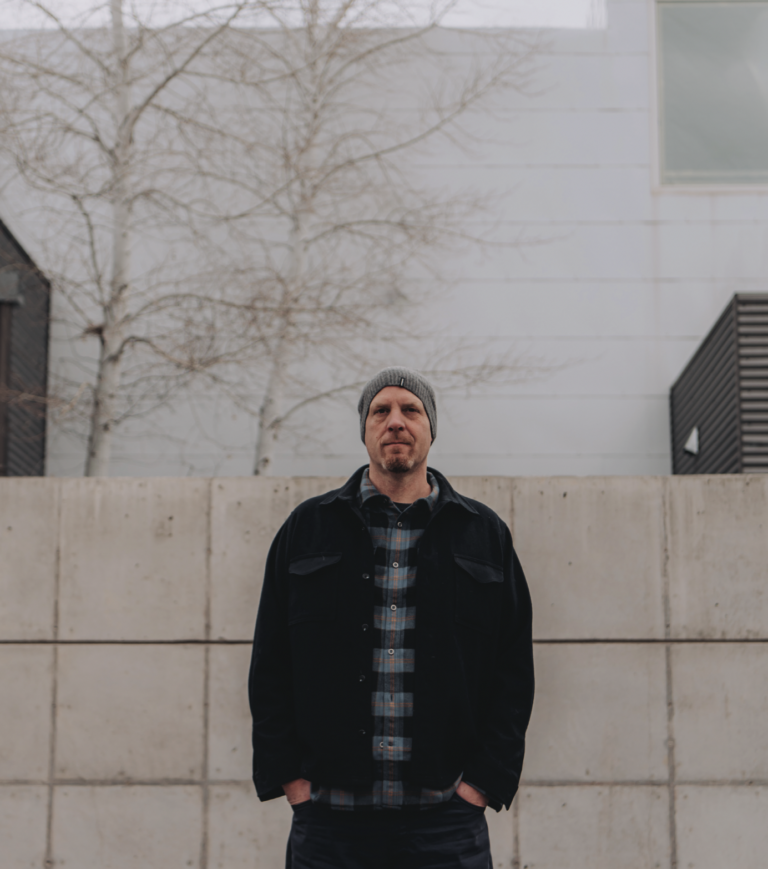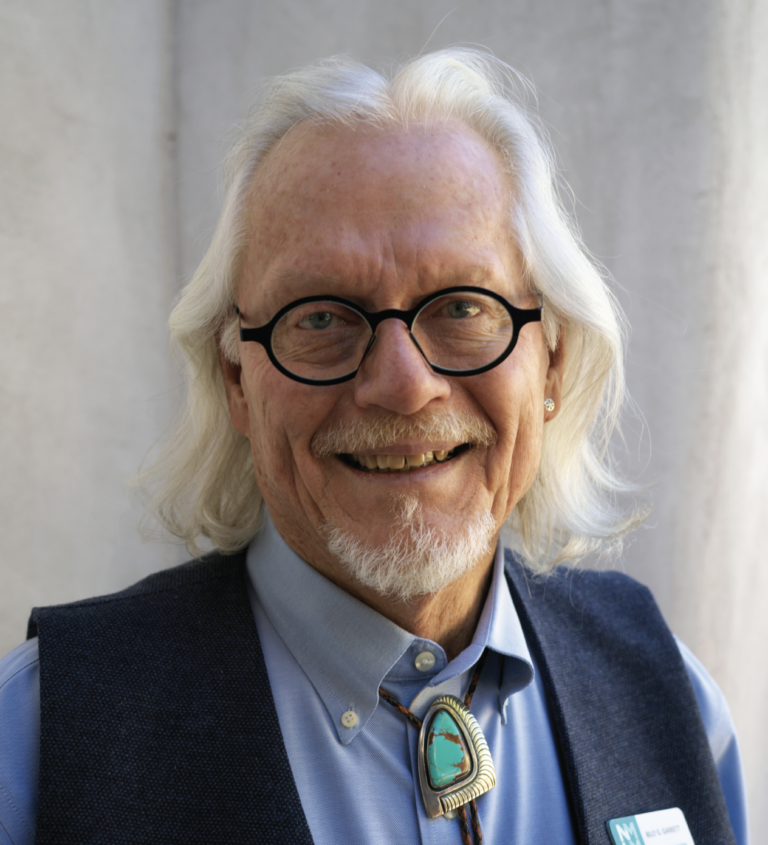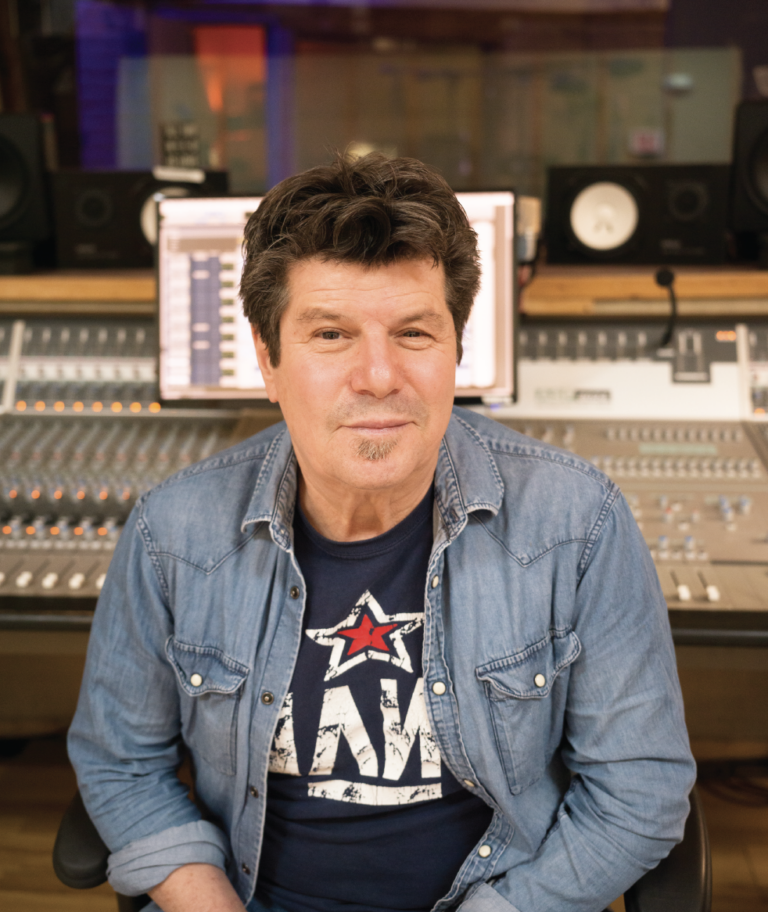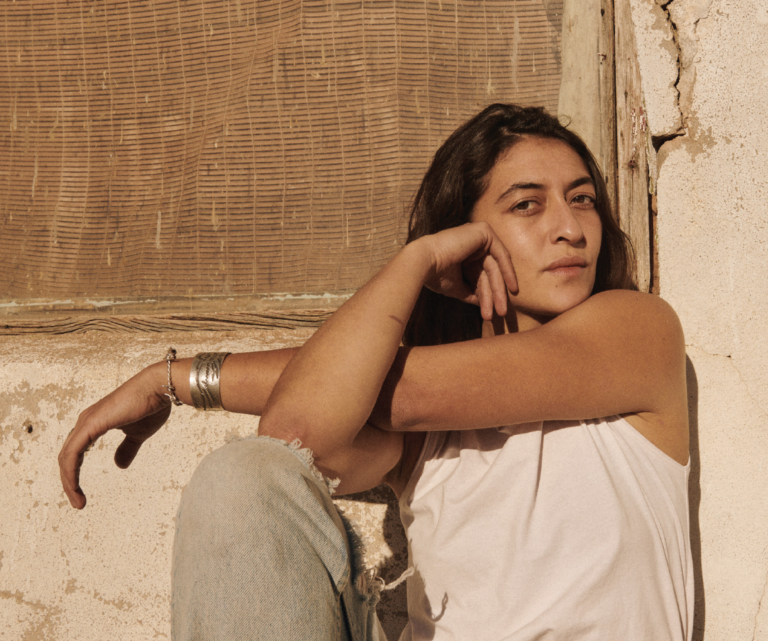SHE LOVES PLAYING THE DEVIL. LITERALLY. When I was asked to be the devil in the Los Pastores play, it was super, super exciting. I’ve gone to Los Pastores since I was 10, and every year, I take my children. Of course, the devil is the most popular character in the play, so it was a highlight of my life!
OK, somewhat unusual for the Deputy State Historian for New Mexico and former curator of the Museum of International Folk Art.
But Nicolasa has always been passionate about her history. She’s a fourteenth-generation New Mexican, and her father was the director of the Santa Fe History Museum. But we’re not talking duty history here. Watch her eyes light up when she starts describing holiday plays like Los Matachines, Los Pastores, and Las Posadas. Oh, and the devil, of course.
Moros y Christianos
To understand why the holiday traditions are so intense here, you have to go way back to medieval Spain. This was before Spain was a nation, when it was a collection of independent kingdoms with Moorish, Sephardic, even Celtic traditions. Out of this came an incredible mix of music, food, and a special pageant called Moros y Christianos. This was a play centered on the battles of the Moors and the Christians.
That tradition made its way to New Mexico, where it uniquely mixed with indigenous traditions in the pueblos. Moros y Christianos was performed in New Mexico in 1598 and is considered the first European play performed on American soil. The entire thing was done in Spanish and on horseback.
Los Matachines
Moros y Christianos eventually transformed into Los Matachines, one of the most popular and most common traditions. It’s performed all over New Mexico on Christmas Eve and Christmas Day, by Hispanics and on the Pueblos, all over. Each pueblo has its own version.
The Matachines dances have mysterious origins – we’re not quite sure where they’re from. But they’re performed in towns and villages in the Southwest, Mexico, and Guatemala. Most of these celebrations and dances take place in December on the feast day of Our Lady of Immaculate Conception.
There are 12 dancers; there are battles between good and evil, dark and light – a common theme in medieval dances and plays.
Los Matachines was created to show the victorious light of Christianity. However, there is also a fun aspect to it: A central figure is the toro, the bull – the totem animal of Spain. During the dance, the toro is defeated and castrated. It is believed that this represents the peoples of the new world shedding imperialism and creating their own unique culture. They’re kicking out imperialism but mixing it with the symbolism of Christianity.
Los Pastores and Las Posadas
Both of these plays are dramatizations of the advent and the nativity. Pastores is a play performed in a church, and Posadas is part of that play – the re-enactment of the search for shelter. Pastores is a traveling event that goes door-to-door through towns and villages.
This is a community production – not professional actors – and they do the production every year. Sometimes it lasts one night, sometimes it stretches to over nine nights, in a different household each night. Nine parties in a row!
The play begins with Joseph learning that Mary is pregnant. He has doubt and jealousy; he is tempted and taunted by the devil to not accept Mary. Finally, he accepts Mary, and the Christ Child is born and visited by the shepherds and the three kings.
Interestingly, in all of these stories, the devil features prominently. He tries to prevent the birth of the Christ Child then tries to prevent the shepherds and kings from coming to see him. The devil believes that he is the true king of heaven, and if he can keep this new king from being born – or seen – he might be OK.
Audiences always love the devil. He is central to all of the Christmas plays in New Mexico. He teaches us how to make the right decisions. A few years ago, I was very fortunate to be asked to play the devil in a Las Posadas production. What a thrill! I was the devil! A she-devil!
Learn more at internationalfolkart.org
Photo SFM



